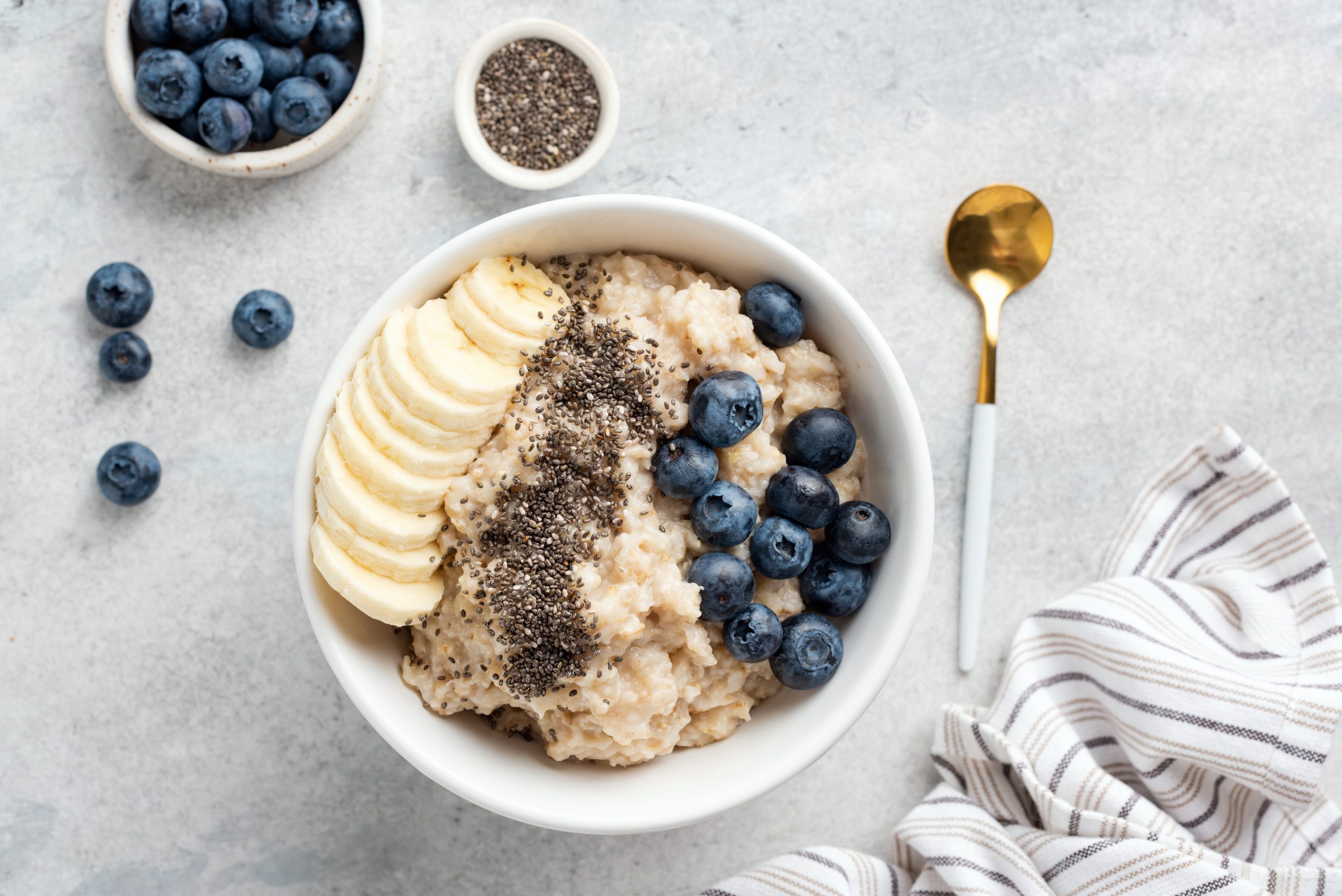So, how do these three stack up when it comes to delivering this vital nutrient? And how long does it take for Omega-3 to work its wonders on your body? Let’s dive in and unravel the answers. No matter your health goals, one thing is certain: Omega-3 fatty acids are a crucial part of a balanced diet. But not all sources of Omega-3s are created equal. Enter the contenders of our Omega-3 showdown: flaxseeds, fish oil, and the underdog, green lipped mussels.
Before we dive into the comparison, let’s first understand why Omega-3 is a big deal. These essential fats have a significant impact on your body and brain, and they’re loaded with health benefits. They help reduce inflammation, enhance bone health, and even improve mental disorders.
“Omega-3 fatty acids are like superheroes of the nutritional world, swooping in to save the day and keep your body functioning at its best.”
So, how long does it take for these Omega-3s to work in your body? It varies depending on the source and individual factors such as your overall health, age, and diet. Generally, for noticeable benefits, it may take 2 weeks to 3 months of consistent intake.
Now, let’s break down our three contenders: flaxseeds, fish oil, and green lipped mussels (GLX3).
-
- Flaxseeds: They’re a plant-based source of Omega-3, making them a popular choice for vegetarians and vegans. However, they contain a type of Omega-3 called ALA, which your body has to convert into usable forms. This process is not very efficient, so you may not reap all the benefits.
- Fish Oil: It’s a rich source of EPA and DHA, the most beneficial types of Omega-3. However, the quality of fish oil can vary, and contamination with heavy metals is a concern. Plus, overfishing poses a significant sustainability issue.
- Green Lipped Mussels (GLX3): This is the dark horse in the race. GLX3 is a sustainable source of Omega-3 and offers EPA, DHA, and a rare type, ETA. It’s believed to be more potent and efficient than other sources, providing superior health benefits.
When it comes to sustainability, green lipped mussels are the clear winner. They’re farmed in a way that actually benefits the environment, reducing ocean acidification. On the other hand, fish oil production is linked to overfishing, while flaxseed farming has a moderate environmental impact.
Flaxseeds: The Plant-Based Omega-3 Powerhouse
Flaxseeds, often hailed as a superfood, are the most potent plant-based source of Omega-3 fatty acids. These tiny seeds pack a punch, boasting more omega-3 fatty acids per gram than any other plant source. But it’s not just about quantity, it’s about quality too.
The Omega-3 in flaxseeds is ALA (alpha-linolenic acid), a precursor to the more active forms of Omega-3, EPA (eicosapentaenoic acid) and DHA (docosahexaenoic acid). While the body can convert ALA to EPA and DHA, this process isn’t very efficient. For every 10 grams of ALA consumed, the body will only convert about 1 gram into EPA and DHA.
On the sustainability front, flaxseeds are great. Grown in cooler climates, these seeds have a low environmental impact. They are often grown as a rotation crop, helping to improve soil health and minimize pests and diseases. However, their Omega-3 isn’t as bioavailable or as potent as that found in marine sources, like fish oil or green lipped mussels.
Fish Oil: The Traditional Omega-3 Source
When we think Omega-3, fish oil immediately swims into mind. It’s the age-old go-to source that has been recommended by health experts for years. But, how effective is it really?
Fish oil provides two types of Omega-3: eicosapentaenoic acid (EPA) and docosahexaenoic acid (DHA). These fatty acids are widely recognized for their potent health benefits, from boosting heart health to improving cognitive function.
However, the catch (pun intended) with fish oil is absorption. Our bodies don’t absorb Omega-3 from fish oil as efficiently as we’d like. What’s more, fish oil often comes with a side of unpleasant fishy burps. Yikes!
And then there’s the sustainability issue. Overfishing is a major environmental concern. The demand for fish oil places tremendous pressure on fish populations, compromising the health of our oceans.
Still, for its benefits, fish oil has been a mainstay in the Omega-3 arena. But is it the best source? Let’s dive deeper.
Green Lipped Mussels: The Superior Omega-3 Choice
Ever wondered why Green Lipped Mussels (GLX3) are considered the superior Omega-3 source? Well, let’s dive in and explore.
Green Lipped Mussels, found in the pristine waters of New Zealand, are a treasure trove of Omega-3 fatty acids. However, what truly sets them apart is their bioavailability. Unlike Flaxseeds and Fish Oil, the Omega-3 found in GLX3 is more readily absorbed and utilized by the body.
However, GLX3 brings something else to the table, a magic ingredient that sets it apart – ETA omega-3. This is a type of omega-3 that you won’t find in flaxseeds or fish oil. In addition to the essential vitamins, minerals, and antioxidants it offers. The real cherry on top though is the unique presence of eta omega-3, a compound that is distinguished by its amazing health benefits.
Why Green Lipped Mussels (GLX3) are Superior
Green Lipped Mussels (GLX3) are a powerhouse of Omega-3. Known for their potency, these humble bivalves are gaining popularity amongst health-conscious individuals. But what makes them superior to other Omega-3 sources like flaxseeds and fish oil? Let’s delve into it.
1. Superior Absorption
The human body absorbs Omega-3 from GLX3 more effectively than from flaxseeds or fish oil. This is due to the unique structure of the fatty acids in GLX3. They are present in a more natural form, which is easier for your body to take in and utilize. This means you get a bigger health boost from a smaller amount.
2. Greater Potency
While GLX3 does indeed hold the crown when it comes to Omega-3 content, outshining both flaxseeds and fish oil, it’s not just about EPA (Eicosapentaenoic Acid) and DHA (Docosahexaenoic Acid). There’s another player in the game that deserves our attention: ETA.
The Power of ETA
GLX3 also packs a powerful ETA punch – a unique Omega-3 fatty acid that’s sparking a lot of interest in the health and wellness community. ETA is not as well-known as its counterparts, EPA and DHA, but this underdog is no less important. In fact, its beneficial effects on our bodies may be even more profound.
Why ETA Matters
ETA is linked to a whole host of health benefits. It can help regulate inflammation, support heart health, and even aid in brain function. ETA is also believed to play a significant role in maintaining healthy skin. It’s clear to see why this lesser-known Omega-3 fatty acid is rising in popularity.
ETA Content: GLX3 vs. Flaxseeds and Fish Oil
When it comes to eta content, GLX3 outperforms flaxseeds and fish oil. It’s a game-changer in the Omega-3 landscape, offering a potent dose of this beneficial fatty acid that neither flaxseeds nor fish oil can match. So, when looking for a comprehensive Omega-3 supplement, don’t just consider EPA and DHA – remember to factor in the power of eta as well.



















